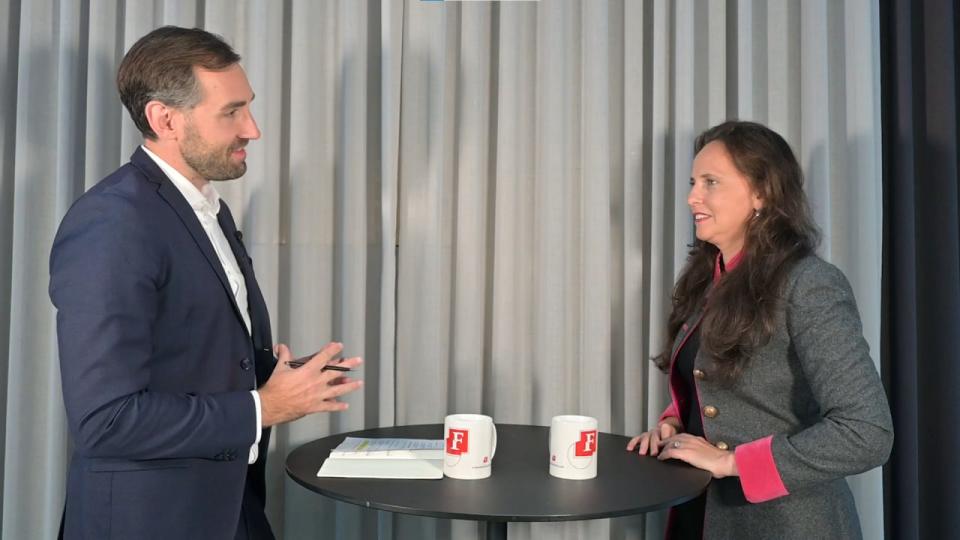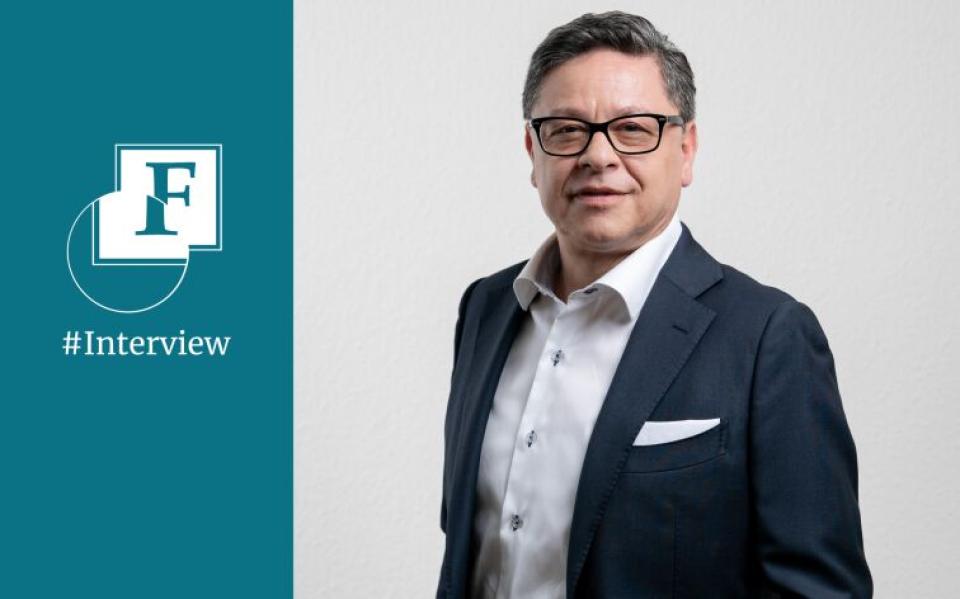“Infrastructure, Innovation and Investment: Vietnam Is Becoming Increasingly Attractive for Investors”
Infrastructure, Innovation and Investment: Vietnam is Becoming Increasingly Attractive to Investors
With ambitious growth targets and multi-billion dollar investments, Vietnam is positioning itself as Asia’s new economic engine, says Mario Timpanaro, Portfolio Manager of the Lumen Vietnam Fund.
Mr. Timpanaro, the Vietnamese government has raised its GDP forecast for 2025 to 8 percent. Is that realistic?
Mario Timpanaro: The growth target is ambitious, but certainly achievable—especially in light of the government’s strong push for infrastructure investment. The authorities have shown determination to accelerate infrastructure development to fully unlock the country’s growth potential. We believe these investments could contribute between 1 and 1.5 percentage points to GDP over the next few years.
This includes the expansion of Terminal 3 at the central airport in Ho Chi Minh City—scheduled to open on April 5—as well as the new airport south of the city, expected to be completed in the first half of 2026. Additionally, nine new metro lines are planned, with the first line successfully commissioned at the end of 2024. A major city cannot thrive without a well-functioning metro system. The highway network is also being expanded with significant effort, which will ultimately benefit both logistics and tourism. On top of that, a major high-speed rail project is underway to connect the capital Hanoi with the economic center Ho Chi Minh City—an investment of USD 67 billion, expected to be completed by 2035.
During your last visit, optimism regarding domestic growth seemed to lag behind market expectations. What is needed to reverse this trend?
Timpanaro: We’re noticing that people are saving more. While new car registrations rose slightly by 2.6 percent last year, there is still a degree of restraint when it comes to purchasing durable goods. Sales of electronic components are also lagging behind expectations, although exports of these goods have increased significantly. This cautious sentiment is reflected in the PMI index, which has remained below the 50-point threshold for the past three months—49.2 in February. Domestic consumption contributes a significant 55 percent to GDP.
A very positive economic development is the recovery of tourism: overnight stays increased by 30 percent in the first two months of 2025. In addition to visitors from Southeast Asia, we are seeing strong demand from Europe—particularly from Germany. Tourism already accounts for approximately 8 percent of GDP.
In addition to the traditional manufacturing sector, Vietnam seems to be making inroads into advanced industries such as semiconductors and AI. How do you view this development?
Timpanaro: It’s an extremely exciting trend. Vietnam has not only established itself as a manufacturing hub, but is also gaining prominence in advanced industries such as semiconductor production and artificial intelligence. Major tech companies including Samsung, Intel, LG, Apple, and Google have built production facilities in Vietnam. This reflects not only the country’s competitiveness but also its growing capacity for innovation. Particularly noteworthy is Nvidia’s establishment of an AI research center in Hanoi—reinforcing Vietnam’s ambition to become a leading AI hub in Southeast Asia.
Despite the optimism, concerns remain around tariffs and trade policy. How is the government addressing these issues?
Timpanaro: While U.S. tariffs are creating uncertainty globally, Vietnam remains relatively calm—partly because it brings strong bargaining chips to the negotiating table, including potential offsetting deals worth several billion USD. With its so-called “bamboo diplomacy”—flexible yet firm—the Vietnamese government is skillfully navigating geopolitical tensions. Compared to direct competitors such as China, tariffs on Vietnamese exports remain relatively low.
How important is Vietnam for investors in the Asian region?
Timpanaro: Vietnam currently offers one of the most compelling investment opportunities in Asia, especially considering its robust economic growth and impressive recovery in corporate earnings. For the Lumen Vietnam Fund, we anticipate earnings growth of 17 percent per share, with a price-to-earnings ratio of just 11.9. GDP growth is expected to reach 7 percent this year—something Europe can only dream of. Vietnam provides strong diversification for any portfolio, as its correlation with most major global indices is very low.
What is your assessment of the Vietnamese stock market?
Timpanaro: We’re seeing domestic investors return to the market. Average daily trading volume is around USD 800 to 900 million. After a prolonged sideways movement between 1,260 and 1,300 points, the market has recently broken upward. Several factors are driving this: one is the launch of the new KRX trading system, which enables intraday trading and is expected to boost liquidity. A more significant catalyst is the anticipated upgrade of Vietnam to emerging market status by FTSE in September 2025, which will bring renewed momentum. A reclassification by MSCI is expected within the next one to two years and would provide a much larger boost to the Vietnamese equity market.
How stable is the government in Hanoi, and what is it doing to attract international investors?
Timpanaro: The government is very stable. On the one hand, it is taking the necessary steps to ensure rising prosperity in this emerging country—an effort that is being positively received by the population. On the other hand, it is earning credibility and building transparency with international partners. Whether through infrastructure, innovation, or ambitious investments—Vietnam is becoming increasingly attractive to investors. It is therefore not surprising that foreign direct investment has performed so well: in 2024, a record USD 25.35 billion flowed into the country. Whereas in the past, international companies were the ones relocating production from China to Vietnam, we are now seeing—already since Q4 2024—Chinese companies following this trend as well, out of concern about U.S. tariffs. We expect this trend to continue for the next few years before any consolidation may occur.

-medium.jpg)





